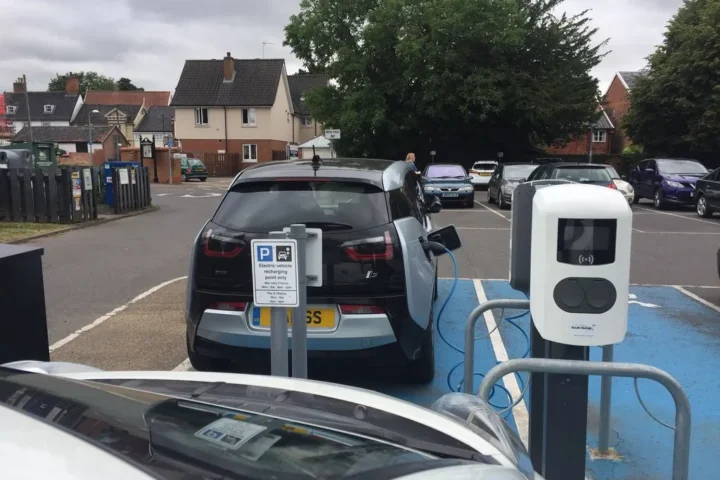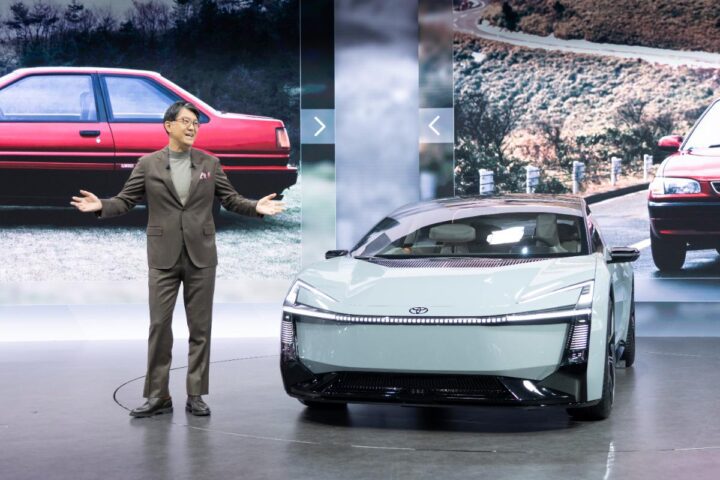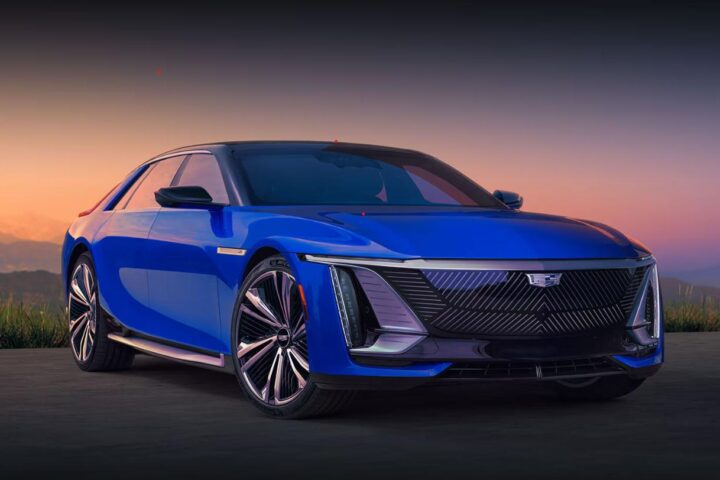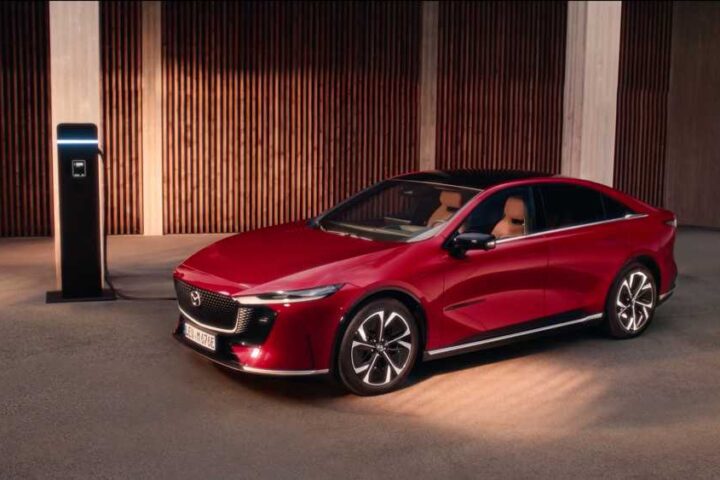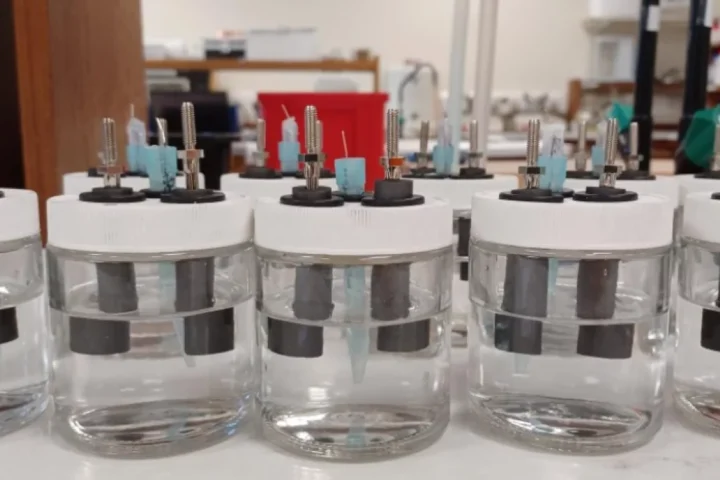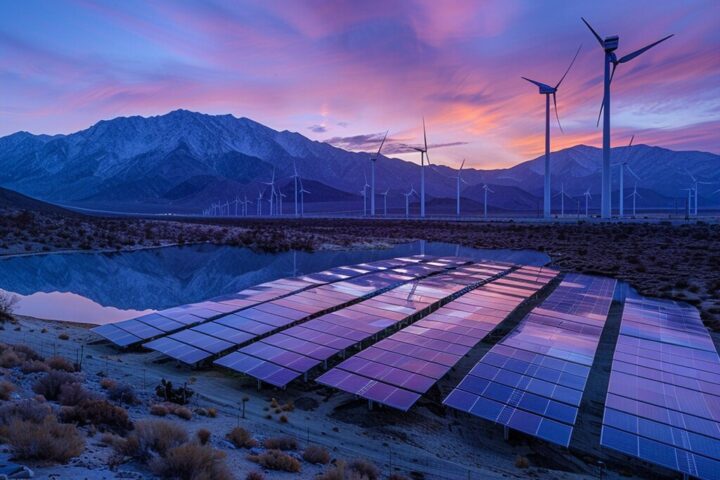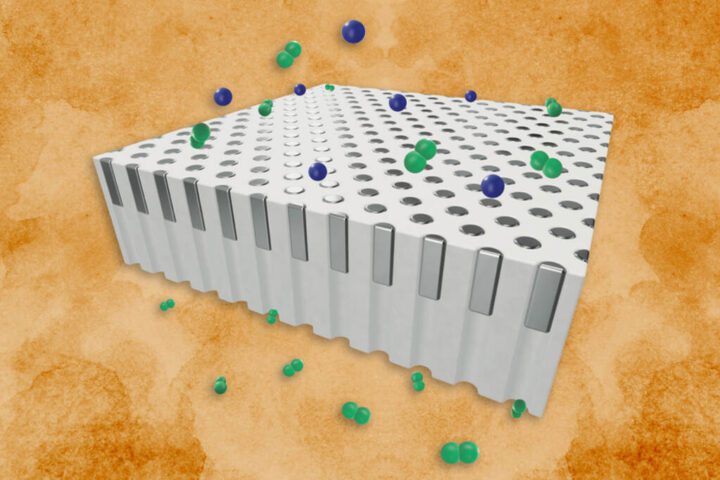As Russia’s war with Ukraine continues unabated and the Israel-Hamas conflict does not seem to resolve, oil prices have shot up. The common man suffers all over the world due to this energy crisis. Therefore, there is a search for alternative sources of energy. One such source of energy is wave power.
Wave power is the capture of energy of wind waves to do useful work, for example, electricity generation, water desalination, or pumping water. A machine that exploits wave power is a wave energy converter (WEC). Waves are generated primarily by wind passing over the sea’s surface and also by tidal forces, temperature variations, and other factors. As long as the waves propagate slower than the wind speed just above, energy is transferred from the wind to the waves. Air pressure differences between the windward and leeward sides of a wave crest and surface friction from the wind cause shear stress and wave growth.
As of 2022, wave power is not widely employed for commercial applications, after a long series of tidal projects. Attempts to use this energy began in 1890 or earlier due to its high-power density. Just below the ocean’s water surface, the wave energy flow, in time average, is typically 5 times denser than the wind energy flow 20 m above the sea surface, and 10 to 30 times denser than the solar energy flow.
In 2000, the world’s first commercial wave power device, the Isley LIMPET, was installed on the coast of Islay in Scotland and connected to the UK national grid. In 2008, the first experimental multi-generator wave farm was opened in Portugal at the Aguçadoura Wave Park.
It is high time this form of alternative source of energy is exploited. As the sea waves are more or less eternal, a sustainable way of energy production can be pursued with profit.
Early Innovations
- The concept of harnessing wave energy dates back to 1799 when the French inventor Girard and his son obtained a patent for a machine to capture ocean wave energy. By the late 19th century, various wave energy converters and motors were being developed worldwide, with notable activity in California during a drought in 1897-98.
Renewed Interest Post-Oil Crisis
- The 1973 oil crisis sparked renewed interest in wave energy, particularly in America and Europe. Notable figures like Stephen Salter in the UK and Johannes Falnes and Kjell Budal in Norway significantly contributed to wave energy research during this period.
Recent Advances and Studies
Norwegian Contributions
- Falnes and Budal in Norway were pioneers in developing the ‘antenna effect’ theory for wave energy and the latching control strategy, which laid the groundwork for modern wave energy technologies.
Breakthroughs in WaveSpring Technology
- Dr. Hals Todalshaug’s invention of the WaveSpring in 2012 marked a significant advancement, allowing for efficient phase control in wave energy devices. This technology enables wave energy converters to approach the theoretical maximum absorption for a given floating structure.
Ongoing Challenges and Solutions
- Despite centuries of efforts, the effective extraction of wave energy combining efficient electricity production, survival capabilities, and economic competitiveness remains a challenging goal.
Fun Facts and Interesting Statistics
Wave Energy’s Origins
- Wave energy is essentially a type of wind energy, as waves in the ocean are created by air currents colliding with the water, driven by the Sun’s radiation warming the atmosphere.
First Wave Energy Patent
- The first wave energy patent was registered in France in 1799 by Girard and his sons, marking the inception of wave and tidal energy technology.
Global Potential for Wave Energy
- The most potent wave energy development areas are the eastern coastlines of the world’s oceans, particularly between latitudes 40°–60° N and S, which border the western edges of the continents. The first operational wave power generator was established off the coast of Aguçadora, Portugal.
Future Prospects
- By 2050, ocean energy could provide 500GW of power, equivalent to 10% of Europe’s current electricity needs, potentially creating a market worth €53 billion annually and generating hundreds of thousands of jobs.



